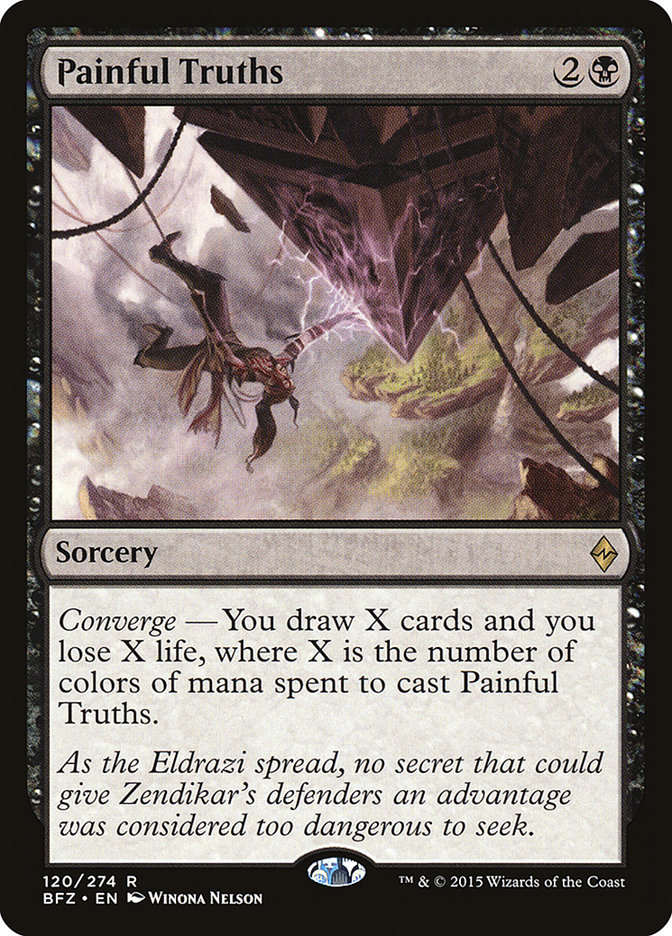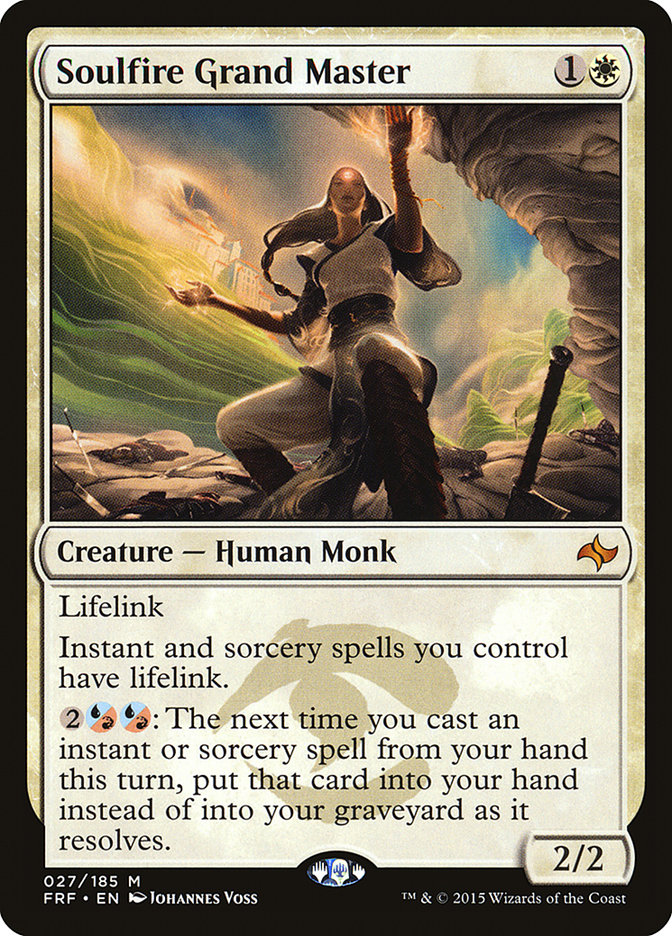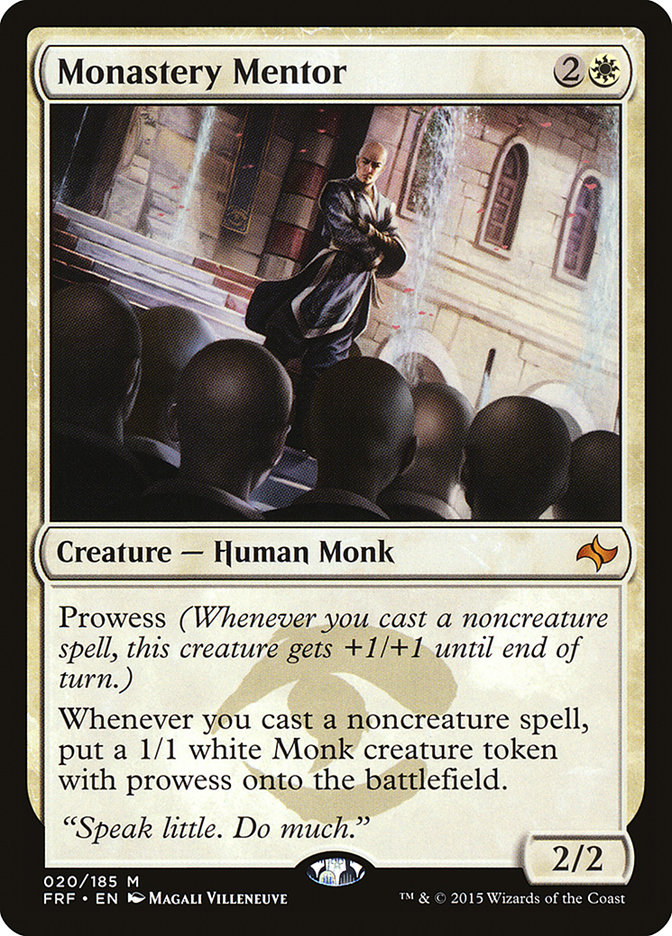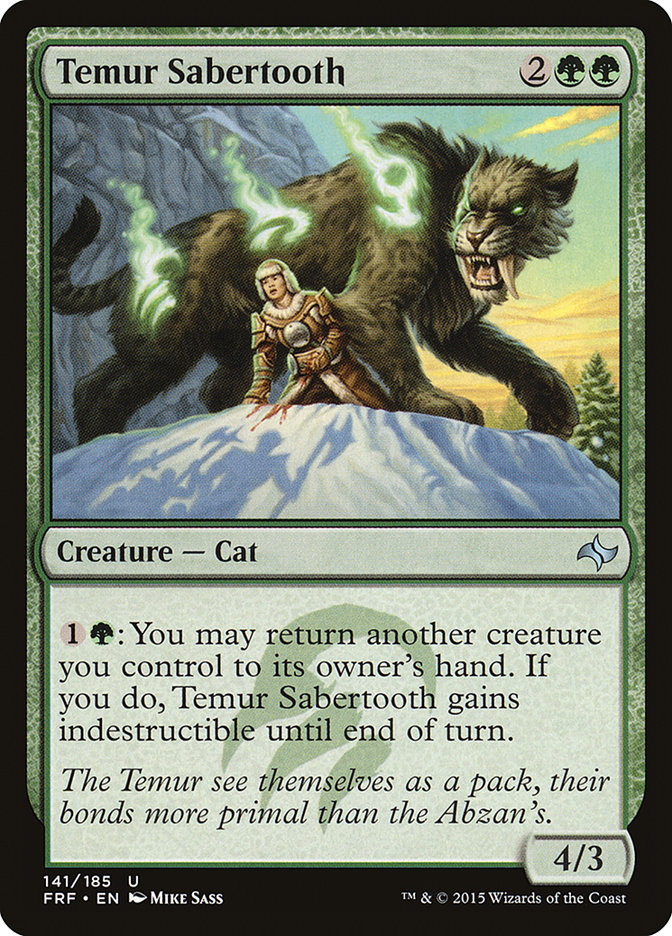I played in the TCGPlayer Championship in Milwaukee last weekend with a last minute brew. I’d been working on a ton of blue decks, and I had several that I really loved. Michael Majors definitely blew up my world a little bit when he wrote about some of the things he’s been working on.
His ideas really jived with a lot of what I’d been working on, but it also made me think about what I view as a real combo. No, not the one Majors brought up:
This one:
The thing about Monastery Mentor is that you really, really want to be chock full of cards to make it really be scary. Amazingly, there is a good way to go about that! Draw cards cheaply!
When that Majors article went up, it was Wednesday, and time was short for me to work on a build that would take his ideas and incorporate them into a cohesive deck.
Here’s what I piloted at the TCG Player Championship:
Creatures (13)
Lands (26)
Spells (21)

It isn’t perfect, by any means, but it is good. One of the biggest struggles I had was not playing a full complement of Crackling Doom. A part of why I didn’t was that I was at 61 cards with all of the choices I’d selected, and I simply didn’t feel good about cutting anything. Crackling Doom number four was the least painful card to shave away. Jeskai Charm was the obvious card to cut, from one perspective, but I’d seen it used to incredible effect at #PTBFZ, and it just seemed like it would be even more effective with four Monastery Mentor.
Initial testing seemed to bear that out. I wanted to stick with the card, but something had to give. I decided that that something was going to be the extra Doom.
After the end of the first day of the tournament, I was sitting at 5-2. My friend and former teammate Andrew Baeckstrom was a little bit ahead of me at 6-1, and we spent a little while playing just for fun. Both Andrew and Matt Severa had basically played the same maindeck, and they both were doing great. Their list was somewhere between mine and the list that Michael Majors had posted, but definitely closer to Majors.
Both of us were curious how it was going to go.
Here is the list that Baeckstrom played:
Creatures (10)
Lands (25)
Spells (25)

We only did game 1s, and we only did a handful of them, but I was actually really surprised at the results.
Baeckstrom shellacked me 6-0.
I had had a thought that he might be better suited to the mirror than I was. However, this was something more fundamental than that. There were a couple of games that I thought I was going to end up taking it down, but in the end, he would just overwhelm me.
What on earth was it?
Here are the things that I had over Baeckstrom that I had thought were real advantages over him:
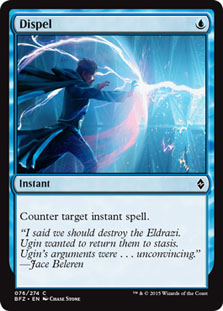

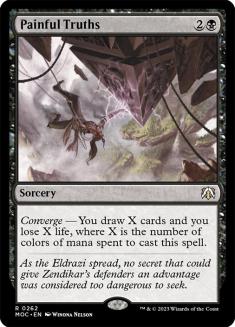
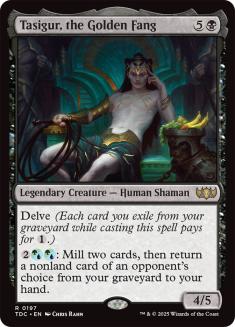
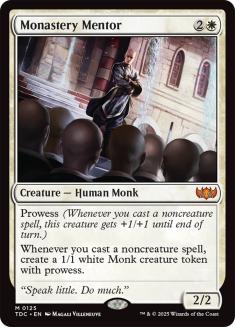


Conversely, here’s what I initially thought were his advantages over me:

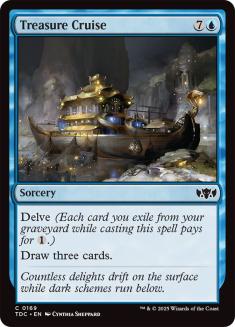

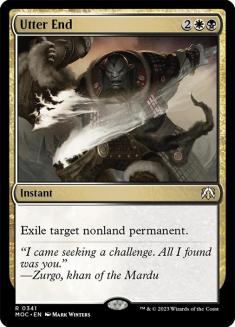

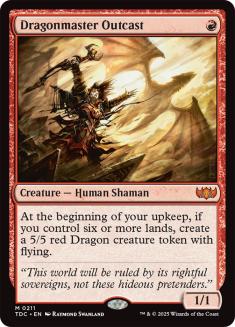
I had expected I was going to have some minor disadvantages because he had one more pure card draw spell, whereas one of mine was tied into the body of Tasigur. But there was something more fundamental than that.
After an initial round of discussion about the games, what I really think it boiled down to was something else. Baeckstrom asked a really important question, and when I thought about the answer, it hit me: it had a bit more to do with how our decks fought over a single card. Jace.
Baeckstrom flipped his Jace four of the six games. I managed to flip my Jace once.
I went back to the lists and thought about what I could do in an earlygame to kill a Jace.
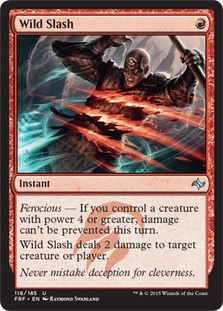



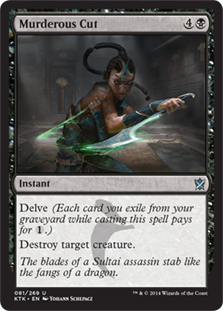

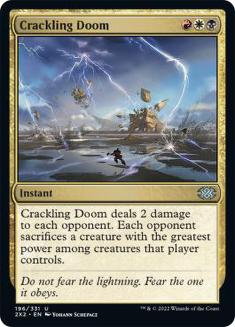


Andrew, on the other hand, could do a lot more:




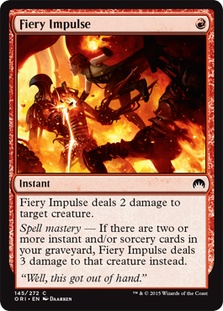





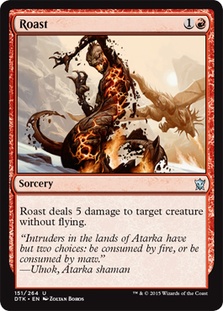

Twelve early answers, compared to my nine.
This also meant, with so many potential answers, that my four Monastery Mentor were not likely to be long for this world despite Dispel to protect them. The same went for my Tasigur as well.
In this way, the angle with which I was coming at the fight was fraught in two major ways: I was less likely to directly draw cards than Baeckstrom, and I was less likely to get an active Jace. This, in turn, would compound things as the games went long.
And the games would, in general, go long. Even if someone got ahead in an earlygame, something that both of us managed to accomplish over the course of our handful of games, we both had so much removal, it would simply be blunted. For every game that someone staked out an aggressive role because the cards dictated it in that moment in the game, they couldn’t manage to hold onto it.
This meant that Andrew would have even more opportunities to find answers for my creatures than I would for his, and he would draw more cards, period.
Things simply cascaded such that I think that, game 1, it is likely he would win this specific contest at around 80% if not more. A lot of people say that that kind of dominance isn’t possible, but I certainly disagree. When things are so fundamentally set up in the favor of one player and when games are likely to be protracted, the “natural” state of a matchup has a way of asserting itself.
Take, for example, the G/W Devotion matchup from Grand Prix Miami much earlier this year. Two decks playing roughly the same cards would come to a clash, and inevitably, they’d gum up the world. If the game didn’t end with time running out, it was generally because someone had gotten mana screwed.
Or, someone got this into play:
Temur Sabretooth allowed for absurd advantages in the far lategame of the mirror match. In that mirror match, you were practically guaranteed that you’d reach that stage of the game, unless things went strangely. At that lategame, neither deck would really be able to get a clear advantage despite all of the resources at each deck’s disposal, simply because the other deck would be in a similar position.
Sabretooth broke that specific mirror open because at that inevitable horizon, the player that found it first (which could be an easy contest if only one player had it) would simply take over.
In my near-mirror match games versus Andrew Baeckstrom, we were in much the same situation. His extra removal meant that he was more likely to stop any of the advances I made than I was. Then, as the game inevitably pushed on, this meant he was more likely to draw more spells. This would further cement his position ahead, with yet more access to removal and yet more chances at card draw, which would pull him further ahead even more so. Did I say that he probably would be likely to win about 80% of game 1s? I take it back. It is probably significantly higher than even that.
If we take the lessons of this and examine how either of us might fare against another Michael Majors-inspired list, we don’t have very far to look.
Creatures (13)
- 1 Dragonmaster Outcast
- 4 Mantis Rider
- 3 Soulfire Grand Master
- 1 Tasigur, the Golden Fang
- 4 Jace, Vryn's Prodigy
Planeswalkers (4)
Lands (26)
Spells (17)

For the deck I played, Todd Anderson’s list might be even more antagonistic than even Baeckstrom’s. Sure, Todd has one less card draw spell, but with two more early, powerful removal spells, things seem like they might be dire.
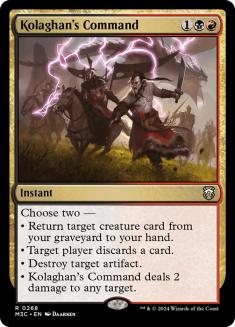

In the earlygame, the extra Commands would almost certainly be killing a creature of mine and making me discard, but later on, I picture nightmarish nudges of card advantage – me losing a card somewhere while Todd picked up a card from the yard. Even if it might get marched into an Ojutai’s Command, the two Kolaghan’s Command can essential act just like more Ojutai’s Command, though able to take care of a problem after things are solved.
Baeckstrom, for his part, would be in a far better seat than I would be facing Todd. Where Todd has those two Commands, Baeckstrom has:



One of the curious things about Baeckstrom running less Monastery Mentor than I was running is that the card is simply much more effective.
On turn 3, in many games, I had a Monastery Mentor, and the most powerful play I can probably do is to simply drop it into play. However, this does mean that it is very likely to simply die and have had no useful impact on the game (other than to serve as a lightning rod). This play might not be a play I should make, though, so instead it is likely to sit in my hand as a dead card until it is “safe” to hit the ground, making my effective plays far fewer than I’d like.
Baeckstrom, on the other hand, is only likely to draw a Mentor in the lategame, where it could very well be being supported by decent resources. It doesn’t feel too wild, for example, to drop a late Mentor, kill a creature, cast a Treasure Cruise, and leave open Ojutai’s Command mana.
Similarly, with so much ability to answer each other, Painful Truths feels like it is likely to go over the top with Todd. They are both going to be gunning down everything the other plays for quite a while. Even a single Painful Truths could take things away. With that extra Duress, Baeckstrom is also actually more likely to stop Todd’s card draw.
All of this discussion has been focusing on the purity of these various different Mardu Blue decks facing off against each other. My build, for example, was probably more effective against Rally decks since I was all the more likely to have down a significant clock early, and I had access to maindeck Dispel.
Just having that extra matchup better in hand, though, doesn’t mean that the deck I played was a good call, however.
Monastery Mentor was the reason that I played the deck I played, and I have to say that the card really was great. However, even with the extra card draw, even with the Duress, even with the Dispel, it just wasn’t a card I wanted to see in my opening hand, because I couldn’t afford such an expensive effort of my time for a card that was likely to just die right away. Ultimately, this deck wasn’t able to capitalize on the ability to be aggressive often enough to make use of the power of being in that role. It didn’t have what it took to take advantage of that strategic moment.
I haven’t finished tinkering with my potential Standard decks for the #SCGINVI in Vegas this weekend yet.
Rest assured though, I’m keeping the lessons I had in Milwaukee in mind.


